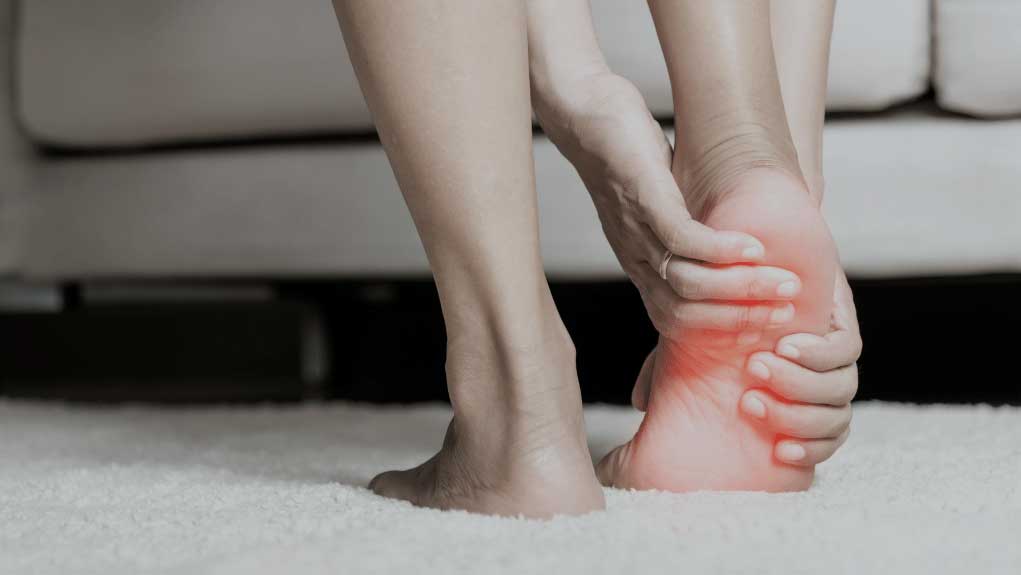HERE’S WHAT TO DO NEXT
Ever felt that dull, nagging ache in your heel or lower calf, especially after a walk, gym session or jog around the block? You might be dealing with Achilles tendinopathy — and you’re not alone. It’s one of the most common issues we see at Glenhaven Physio, especially during winter (especially training for and after events like the 10K run, Sydney Marathon and of course the upcoming City2Surf!).
So, what is Achilles tendinopathy?
If you’ve been feeling a persistent ache in your heel or lower calf, especially after walking, running, or hitting the gym, you might be experiencing Achilles tendinopathy. It’s one of the common conditions we treat at Glenhaven Physio — and winter often brings a spike in cases, especially with clients training for events like the City2Surf or returning from holidays with a bit more walking or hill climbing than usual.
What is Achilles Tendinopathy?
Achilles tendinopathy refers to a condition where the Achilles tendon — the thick, fibrous band that connects your gastrocnemius and soleus muscles (your calf) to your calcaneus (heel bone) — becomes painful, thickened, or structurally compromised due to overload or repetitive strain.
This tendon plays a critical role in transmitting force during walking, running, jumping, and climbing stairs. When it’s placed under more load than it can tolerate — often from a sudden increase in activity, poor biomechanics, or inadequate recovery — microtrauma can occur. Over time, this may lead to collagen disorganisation, neovascularisation (the growth of new, often painful blood vessels), and a cycle of degeneration rather than inflammation.
There are two main presentations:
- Mid-portion Achilles tendinopathy – affecting the tendon 2–6 cm above the heel; this is the most common type
- Insertional tendinopathy – where the pain is located right where the tendon inserts into the heel bone
Common signs and symptoms include:
- Localised pain and stiffness, especially first thing in the morning or after periods of rest
- Pain that worsens with activity, particularly uphill walking or running
- Thickening of the tendon or sometimes a nodular bumpy feeling on palpation
- Tenderness to pressure, especially when the ankle is dorsiflexed so on stretch
Importantly, while some people refer to this as “Achilles tendinitis,” we now understand that inflammatory cells are usually not present in longer-term cases — hence the broader and more accurate term tendinopathy.
How Physiotherapy Can Help
At Glenhaven Physio, we’ll take the time to thoroughly assess your condition — looking at your movement patterns, strength, and any contributing factors — before tailoring a treatment plan that suits your lifestyle and goals.
Your treatment may include:
- Manual therapy – Hands-on treatment to improve mobility and release tight surrounding muscles
- Dry needling – Helps relieve muscle tension and improve circulation to the affected area
- Laser therapy – A gentle and effective option to reduce inflammation and support healing
- Shockwave therapy – Often used for longer-term cases to stimulate tissue regeneration
- Exercise prescription – Including progressive eccentric strengthening for the tendon
- Activity modification – We’ll guide you on what to adjust and when, so you can stay active while healing
- Footwear and load advice – Supportive shoes and better movement habits can make a big difference. We also liaise with our Podiatrist Michael Tomic to ensure the best outcome for you.
Long-Term Prevention is the Key
Once symptoms improve, we focus on helping you build resilience and reduce the risk of recurrence — through targeted strengthening, education, and appropriate return-to-activity planning.
If you’ve been ignoring that tug at the back of your leg, don’t wait. Early intervention can help you recover faster and avoid long-term issues. We’re here to help you move comfortably and confidently again.
Book an appointment today or have a chat with us about whether physiotherapy is right for your Achilles pain.
Sandra Bailey 08/2025
Images Freepix.co
References:
Malliaras, P. (2022) “ Phyisiotherapy management of Achilles tendinopathy”. Journal of Physiotherapy 68 (4): 221-237
